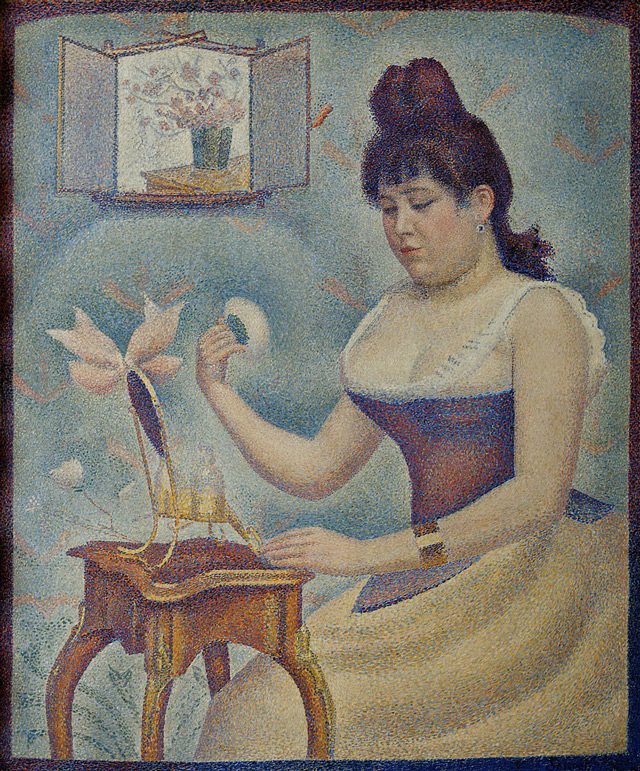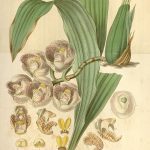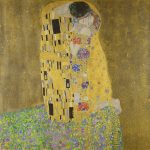
The world of art is often shaped by the unseen contributions of muses. One such figure, Madeleine Knoblock, holds a prominent place in art history as a significant inspiration for Georges Seurat, the pioneer of Pointillism. Although her life remains shrouded in mystery, her influence is immortalized in Seurat’s masterpieces, particularly in his iconic works like “The Models” and “Young Woman Powdering Herself.” Knoblock not only helped Seurat explore the nuances of human emotion and form but also left an indelible mark on modern art.
Who Was Madeleine Knoblock?
Madeleine Knoblock was a Parisian woman who served as a model and muse for Georges Seurat during the late 19th century. Born into a working-class family, Knoblock’s life was intertwined with the bohemian culture of Paris. While little is known about her personal life, her role as Seurat’s model reveals her importance in his artistic evolution. She is often linked romantically to Seurat, though evidence is limited and largely speculative.
Knoblock’s collaboration with Seurat occurred during his most productive years. As a model, she embodied the delicate balance of reality and abstraction that defined Seurat’s art. Her image became synonymous with the Pointillist approach, where tiny dots of color create a luminous whole. Through her likeness, Seurat explored themes of beauty, vulnerability, and modernity.
Madeleine Knoblock in Seurat’s “Young Woman Powdering Herself”
One of the most famous depictions of Knoblock is in “Young Woman Powdering Herself” (1888–1890), a painting that showcases her intimate presence. In this portrait, Knoblock is depicted sitting at her vanity, delicately applying makeup. The scene is imbued with warmth and serenity, enhanced by Seurat’s meticulous use of the Pointillist technique.
This painting is particularly notable for its innovative composition. The interplay of light and shadow captures Knoblock’s poise and humanity while reflecting Seurat’s fascination with ordinary, everyday moments. Critics often highlight the subtle tension in the work: a celebration of femininity paired with a hint of introspection.
Knoblock’s role in this painting extends beyond her physical appearance. She represents the evolving roles of women in 19th-century Paris, bridging tradition and modernity. Her presence in the artwork is as much a statement about the artist’s personal life as it is a reflection of societal trends.
The Role of Muses in Seurat’s Work
Muses have historically played a critical role in inspiring artists to push boundaries. Madeleine Knoblock was no exception, as her presence encouraged Seurat to experiment with new techniques and ideas. Her collaboration with Seurat during his Pointillist period contributed to his unique artistic identity.
Seurat’s focus on Knoblock as a subject allowed him to explore themes of individuality and intimacy. By emphasizing her natural elegance, he was able to capture the emotional depth that defined his work. This creative partnership illustrates the dynamic relationship between artist and muse, where inspiration flows both ways.
Knoblock was also featured in Seurat’s “The Models,” a painting that juxtaposes the serene poses of female figures with the vibrant backdrop of Pointillist color. This work reveals Seurat’s keen observation of human form and the ways in which his muse helped him refine his craft.
The Romantic Connection Between Knoblock and Seurat
The connection between Madeleine Knoblock and Georges Seurat extended beyond the studio. Many art historians speculate that they shared a romantic relationship, though definitive evidence remains elusive. It is known, however, that Knoblock gave birth to Seurat’s child in 1890, shortly before his untimely death.
This aspect of their relationship adds a poignant layer to their story. The intimacy of their bond is reflected in Seurat’s portraits of her, which are imbued with tenderness and reverence. Knoblock’s role as both muse and partner underscores her lasting influence on Seurat’s personal and professional life.
The Legacy of Madeleine Knoblock
Although Madeleine Knoblock lived outside the spotlight, her legacy endures through Seurat’s masterpieces. Her image remains a testament to the transformative power of art and the vital contributions of muses. As Seurat’s model and partner, she played a pivotal role in shaping his artistic vision.
Knoblock’s story also highlights the complexities of being a muse during this era. While she inspired some of the most iconic works of the 19th century, her contributions were largely overshadowed by the artist himself. Today, however, her significance is increasingly recognized, offering a fuller understanding of Seurat’s work.
How Muses Shaped Modern Art
Madeleine Knoblock exemplifies the profound impact muses can have on an artist’s trajectory. By embodying the ideals and emotions Seurat sought to capture, she became an integral part of his creative process. This dynamic echoes throughout art history, where the synergy between artist and muse often leads to groundbreaking innovation.
The use of muses like Knoblock also reflects broader cultural shifts. During Seurat’s time, the role of women in art was evolving. Models like Knoblock helped to redefine beauty and femininity, paving the way for more inclusive representations in modern art.
Why Madeleine Knoblock Matters Today
Understanding Madeleine Knoblock’s role in Georges Seurat’s art provides insight into the collaborative nature of creativity. Her story reminds us that art is rarely a solitary endeavor. The legacy of artists like Seurat is often intertwined with the contributions of those who inspire them.
Knoblock’s influence remains relevant as contemporary discussions about muses and representation in art continue to grow. By acknowledging her contributions, we honor the unseen forces that shape the masterpieces we admire today.
Conclusion
Madeleine Knoblock’s life and work as Georges Seurat’s muse are a poignant reminder of the hidden stories behind great art. Her image, immortalized in iconic paintings, symbolizes not only her personal connection to Seurat but also the enduring power of artistic collaboration. While much of her life remains a mystery, her legacy is etched into the fabric of art history, forever linked to the innovation and beauty of Pointillism.
Key Takeaways
- Madeleine Knoblock was a muse and model for Georges Seurat, inspiring some of his most famous works.
- She is best known for appearing in “Young Woman Powdering Herself” and “The Models.”
- Knoblock’s collaboration with Seurat highlights the intimate relationship between artist and muse.
- Her legacy reflects the evolving roles of women in 19th-century Parisian art.
- Knoblock’s life story underscores the importance of recognizing the contributions of muses to art history.
FAQs
- Who was Madeleine Knoblock?
Madeleine Knoblock was a Parisian model and muse for Georges Seurat, known for her role in his iconic paintings. - What is her most famous portrait?
Knoblock is prominently featured in “Young Woman Powdering Herself,” a masterpiece of Pointillism. - Did Madeleine Knoblock and Georges Seurat have a romantic relationship?
Many historians believe they were romantically involved, and they had a child together in 1890. - How did Knoblock influence Seurat’s work?
She inspired him to explore themes of intimacy and modernity, shaping the emotional depth of his art. - Why is Madeleine Knoblock significant today?
She represents the vital role of muses in art, highlighting the collaborative nature of artistic creation.




